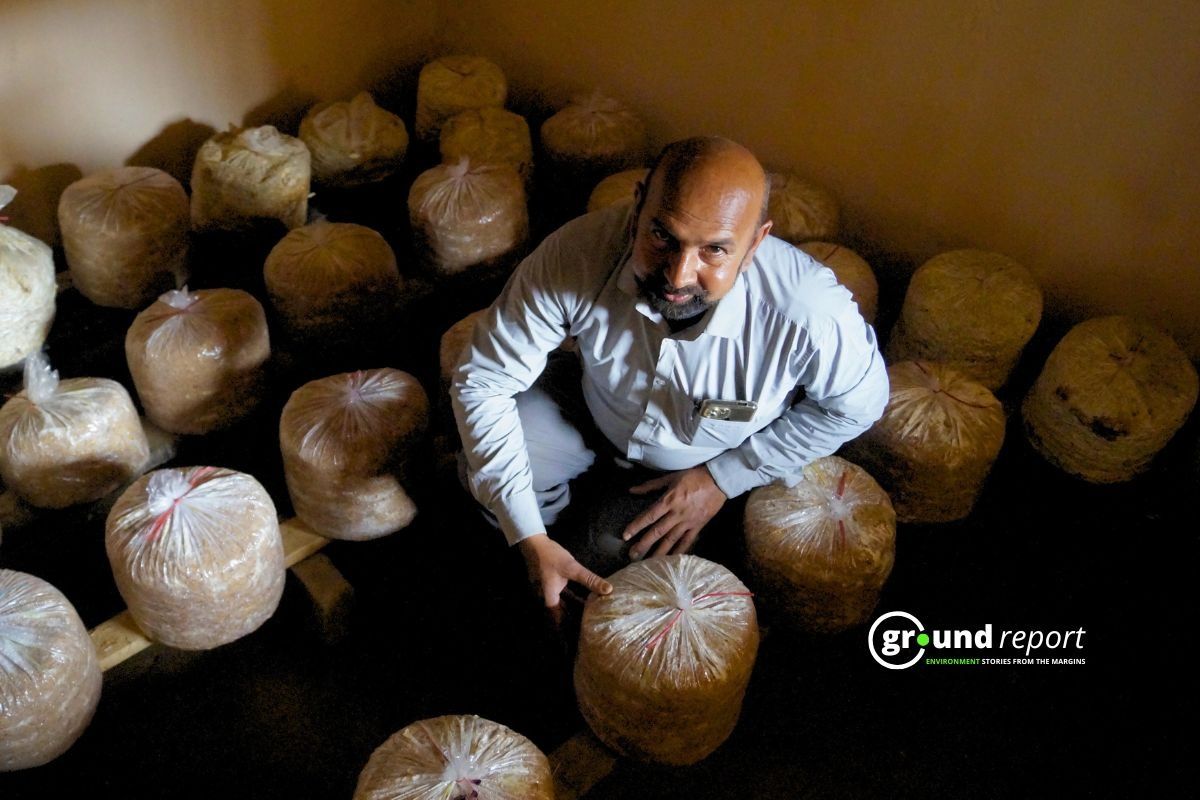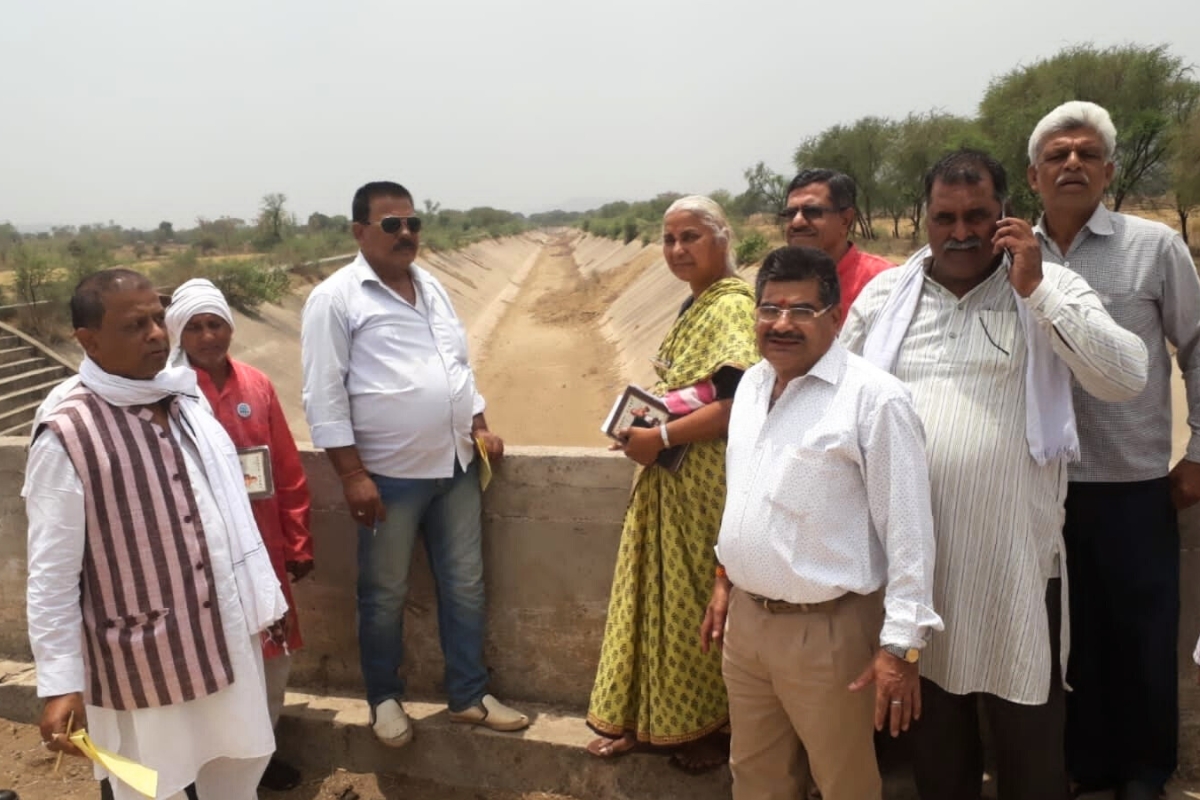In April 2025, India suspended the decades-old Indus Waters Treaty with Pakistan indefinitely. The decision followed a terrorist attack in Pahalgam, Jammu and Kashmir, that killed 26 people, including a foreign national. India’s Cabinet Committee on Security (CCS) made this decision after investigators found cross-border links to the attack.
Foreign Secretary Vikram Misri announced that the water supply from the Indus river and its tributaries—the Jhelum, Chenab, Ravi, Beas, and Satluj—will now be stopped. This is a severe blow to Pakistan, where tens of millions of people depend on these waters, and nearly 70% of the country’s economy relies on the Indus basin.
#WATCH | Delhi: Foreign Secretary Vikram Misri says, “Recognising the seriousness of this terrorist attack, the Cabinet Committee on Security (CCS) decided upon the following measures- The Indus Waters Treaty of 1960 will be held in abeyance with immediate effect until Pakistan… pic.twitter.com/PxEPrrK1G8
— ANI (@ANI) April 23, 2025
What is Indus Water Treaty
This crisis brings into focus an agreement that dates back to 1960, when the newly independent rivals India and Pakistan signed the Indus Waters Treaty. Prime Minister Jawaharlal Nehru of India and President Ayub Khan of Pakistan agreed to share the waters of the Indus River system, with the World Bank brokering the deal.
The treaty divided the rivers simply: India would control the “eastern rivers” (Beas, Ravi, and Sutlej), which provide 33 million acre-feet (MAF) of water, while Pakistan would control the “western rivers” (Indus, Chenab, and Jhelum), providing 80 MAF of water. India was also permitted to use the western rivers for non-consumptive purposes like power generation, navigation, and fish farming.
Although the treaty survived three wars between India and Pakistan, it has come under growing pressure in recent years. Rising populations have increased the demand for water, climate change has affected water availability, and political tensions have remained high. Years before the Kargil War, Pakistani general Pervez Musharraf, then little known, warned in his doctoral thesis that the way water was shared in Kashmir could become the cause of a future conflict.
Impact
The Indus begins high in the Himalayan ranges, with some water coming from Tibetan glaciers but most entering the system in the Indian states of Himachal Pradesh and Jammu and Kashmir. From there, these waters flow through Punjab, Haryana, and Rajasthan in India, before entering Pakistan’s Punjab and Sindh provinces. Together, the six major rivers of this system contribute a total of 113 million acre-feet of water—a vital resource for both nations.
The Indus river system includes the main Indus River and five left-bank tributaries—Ravi, Beas, Sutlej, Jhelum, and Chenab. The Kabul River, a right-bank tributary, does not flow through India.
The Ravi, Beas, and Sutlej are known as the Eastern rivers, while the Chenab, Jhelum, and Indus are called the Western rivers. These rivers are essential for both India and Pakistan.
Pradeep Kumar Saxena, who served as India’s Indus Water Commissioner for more than six years, told PTI that India, as the upper riparian country, has several options. He said this could be the first step toward ending the treaty, if the government chooses to go that way.
He explained that although the treaty does not directly allow for its cancellation, Article 62 of the Vienna Convention on the Law of Treaties gives India a way out if there’s a major change in circumstances since the treaty was signed.
What can India do next?
Last year, India formally asked Pakistan to review and change the treaty.
According to Saxena, India doesn’t have to follow the restrictions on flushing out silt from reservoirs like Kishanganga and other projects on the Western rivers in Jammu and Kashmir.
Currently, the treaty doesn’t allow reservoir flushing. Flushing helps remove silt, but it takes time to refill the reservoir. The treaty says India can refill reservoirs only in August, during the monsoon. But if the treaty no longer applies, India could refill them anytime.
Doing this during Pakistan’s sowing season could harm its agriculture, especially since much of Punjab in Pakistan depends on the Indus and its tributaries for irrigation.
The treaty also limits the kind of structures India can build, like dams, on the Indus and its tributaries. Pakistan has often objected to the designs of these structures. In the future, India might not need to consider those objections.
Pakistan has objected to nearly every Indian project in the past, including Salal, Baglihar, Uri, Chutak, Nimoo Bazgo, Kishanganga, Pakal Dul, Miyar, Lower Kalnai, and Ratle.
After the Pulwama attack in 2019, India approved eight more hydropower projects in Ladakh. With the treaty on hold, Pakistan’s objections may no longer apply. The treaty also restricts how India can fill and manage reservoirs. If the treaty is suspended, those rules won’t apply either.
Saxena also said that India could stop sharing flood data with Pakistan. This could hurt Pakistan, especially during the monsoon when rivers rise. Without the treaty, India can store more water from the Western rivers—particularly the Jhelum—and take steps to control floods in the Kashmir Valley.
India has taken several tough steps along with suspending the treaty. It has shut down the Attari-Wagah border crossing and cancelled visa exemptions for Pakistani citizens. India has also expelled Pakistani military advisors from New Delhi and labelled them as unwelcome. In response, it has pulled back its own military advisors from Islamabad. By May 1, 2025, both countries will reduce their diplomatic staff from 55 to 30 people.
India says these actions will stay in place until Pakistan clearly and permanently stops supporting cross-border terrorism. The suspension of the treaty—which survived 65 years of conflict—marks a serious rise in tensions between the two nuclear-armed countries and could put millions of people at risk of losing access to water.
Support us to keep independent environmental journalism alive in India.
Keep Reading
The costliest water from Narmada is putting a financial burden on Indore
Indore’s Ramsar site Sirpur has an STP constructed almost on the lake
Indore Reviving Historic Lakes to Combat Water Crisis, Hurdles Remain
Indore’s residential society saves Rs 5 lakh a month, through rainwater harvesting
Follow Ground Report on X, Instagram and Facebook for environmental and underreported stories from the margins. Give us feedback on our email id greport2018@gmail.com.
Don’t forget to Subscribe to our weekly newsletter, Join our community on WhatsApp, and Follow our YouTube Channel for video stories.







